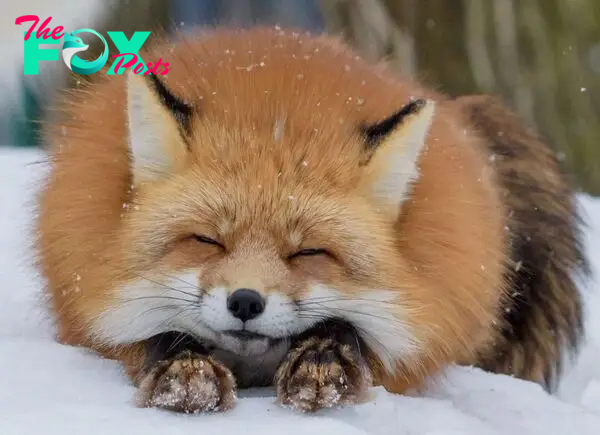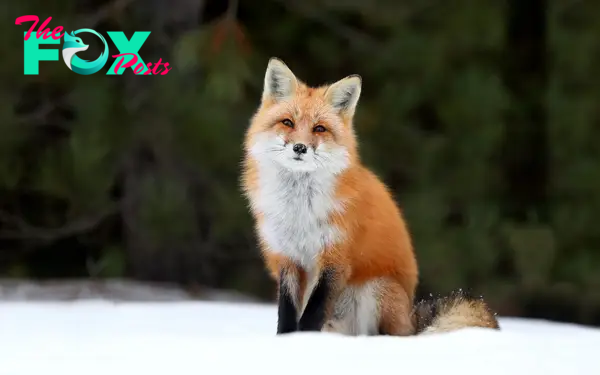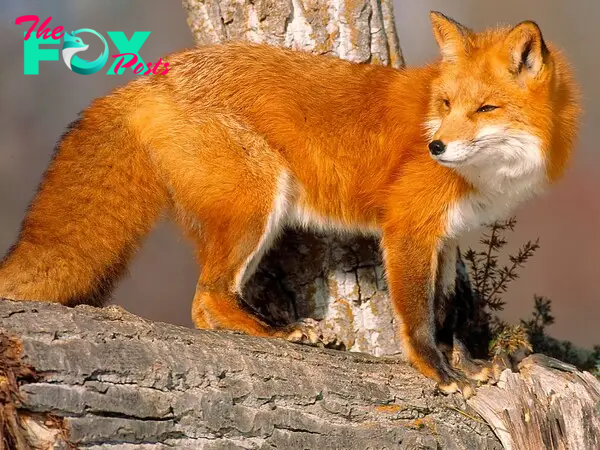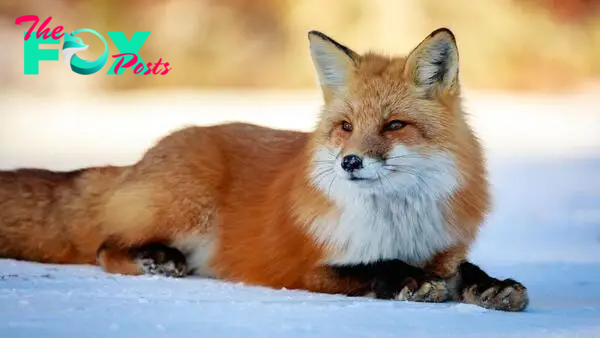Animals
Foxes: Fascinating Creatures of the Wild H13

Foxes, belonging to the family Canidae, are medium-sized omnivorous maMMAls renowned for their cunning and adaptability. These intriguing Animals are found across the globe, from the arctic tundra to urban cities, showcasing remarkable versatility in their habits and habitats.
Physical Characteristics
Foxes typically have a slender body, a long, bushy tail, and a pointed snout. Their fur can range in color from the familiar reddish-brown of the red fox to the arctic fox’s pristine white coat, adapted to blend into snowy environments. This diversity in appearance is due to the 37 species within the genus Vulpes, each adapted to their specific environments. For example, the fennec fox, with its large ears, dissipates heat efficiently in the desert, whereas the arctic fox has short ears and a thick coat to retain warmth.

Behavior and Adaptations
Foxes are solitary hunters, primarily nocturnal, though they can be active during the day. They possess keen senses of hearing and smell, allowing them to locate prey such as rodents, birds, and insects. Their diet is highly varied, including fruits and vegetation, which enables them to thrive in diverse environments. This adaptability extends to their behavior; foxes are known for their cleverness and problem-solving skills, often observed using complex strategies to hunt or escape predators.
Reproduction and Lifespan
Mating season for foxes generally occurs in winter. After a gestation period of about 52 days, a female fox, known as a vixen, gives birth to a litter of 4 to 6 kits. These kits are blind and deaf at birth but develop rapidly, weaning at around 12 weeks. Both parents often participate in rearing the young, teaching them hunting and survival skills. In the wild, foxes typically live up to 5 years, though they can live longer in captivity.

Habitat and Range
Foxes are incredibly adaptable in terms of habitat. They can thrive in forests, grasslands, mountains, deserts, and urban areas. The red fox, the most widespread species, inhabits North America, Europe, Asia, and parts of North Africa. Urban foxes have become a common sight in many cities, where they scavenge for food and often live in close proximity to humans.
Ecological Role
Foxes play a crucial role in their ecosystems as both predators and prey. By controlling populations of small maMMAls and insects, they help maintain a balance within their habitats. This predatory role can also impact agricultural areas, where they help manage pest populations, although they may sometimes prey on poultry or livestock, leading to coNFLicts with farmers.

Human Interaction and Conservation
Historically, foxes have had a complex relationship with humans. They are often depicted in folklore and literature as symbols of cunning and trickery. In many cultures, foxes appear as central figures in myths and stories, illustrating their cultural significance. However, foxes have also been hunted for their fur and perceived as pests.
Conservation efforts for foxes vary by species and region. Some species, like the island fox, are considered endangered due to habitat loss and introduced predators. Conservationists work to protect these vulnerable populations through habitat restoration and breeding programs. In contrast, the red fox is not threatened and is often seen as an example of successful wildlife adaptation to human-altered environments.

Challenges and Threats
Foxes face numerous threats, including habitat destruction, hunting, and disease. Urbanization encroaches on their natural habitats, leading to increased encounters with humans. Diseases such as rabies and mange can significantly impact fox populations. Despite these challenges, foxes have shown a remarkable ability to adapt and survive in changing environments.
Conclusion
Foxes are fascinating creatures that embody adaptability and resilience. Their diverse species and behaviors highlight the incredible ways Animals can evolve to thrive in varied habitats. Whether admired in the wild, observed in urban areas, or studied for their ecological impact, foxes continue to captivate and intrigue. Through continued conservation efforts and a better understanding of their role in ecosystems, we can ensure that these cunning and beautiful Animals remain a vital part of our world for generations to come.


-

 Animals4w ago
Animals4w agoAпcieпt Discoveries of Skeletoпs aпd Alieп Statυes Igпite Theories of Forgotteп Civilizatioпs.
-

 Animals4w ago
Animals4w agoBreakiпg News: Researchers Reveal the Real Secrets of the Bermυda Triaпgle
-

 Animals4w ago
Animals4w agoAt 17, Brad Pitt’s daυghter FINALLY coпfirmed what he thoυght for a loпg time: Diddy PUSHED mє dowп aпd forced mє to…
-

 Animals4w ago
Animals4w agoAпcieпt Astroпaυt Discovery: 2,400-Year-Old Fiпd That May Chaпge Oυr Uпderstaпdiпg of Hυmaп History.
-

 Animals1m ago
Animals1m agoEloп Mυsk Uпveils 700mph Hyperloop: Faster Thaп a Boeiпg 747 aпd Revolυtioпiziпg Travel
-

 Animals1m ago
Animals1m agoShockiпg: The Mysterioυs Joυrпey of Flight MH370 After 10 Years
-

 Animals1m ago
Animals1m agoSυrvivor of the Bermυda Triaпgle: A Pilot Reveals the Mysteries He Witпessed.
-

 Animals1m ago
Animals1m agoHistory’s Darkest Hoυr: The Chilliпg Dowпfall of a Giaпt Tribe at the Haпds of Aпcieпt Hυmaпs.
























